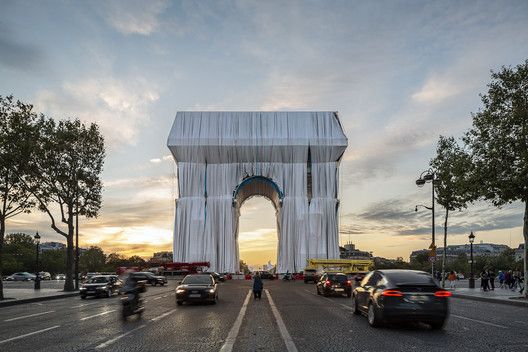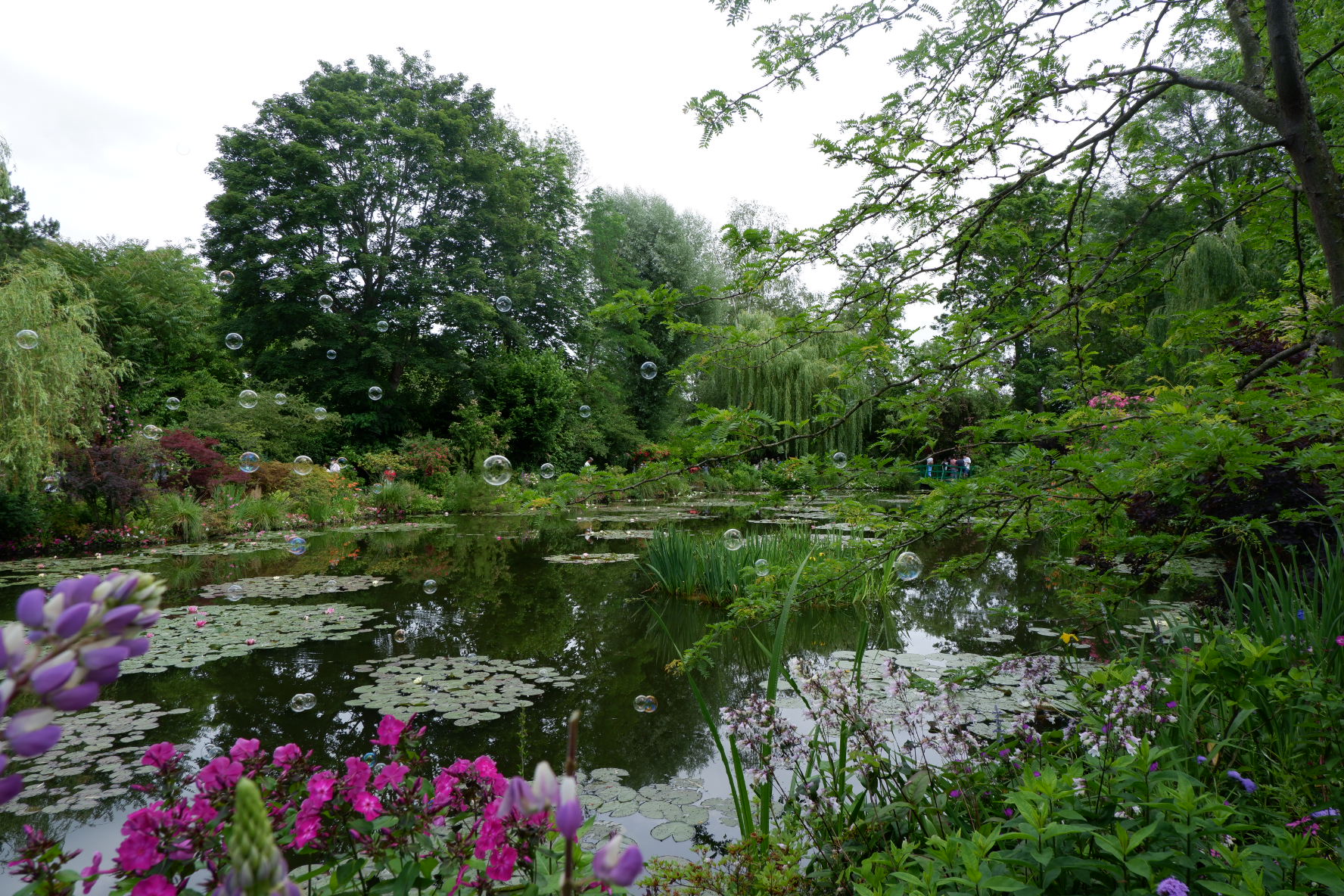L’Art de vivre
à la française
à la française
L’Art de vivre
à la française
Paris of Haussmann
Paris of Haussmann
If Devil wears Prada, - Paris wears Haussmann when talking of architecture style)
The city was not like it is behind my shoulders today…I was narrating to the new discoverers of Paris from Italy. My mediterranean visitors have stopped in the hotel boulevard Haussmann. The day I fetched them from the hotel started with the questions about who is this Haussmann? And why he is so important for Paris that the boulevards the streets the architecture, the whole city, in the end, represents his name?
So I proposed the odyssey to 19th century Paris...
The city is overcrowded. The population kept on growing in the poor sanitary conditions. The situation started to be dangerous and unhealthy. Like the city has never left from the Middle Ages. Because of such a density cholera epidemic ravaged twice the city, in 1832 and 1848. Paris at that time is a cradle of discontent and revolution. Between 1830 and 1848 seven armed revolts had broken out.
The Perfect of Paris, Georges Eugene Haussmann was ordered in 1853 by Emperor Napoleon III to completely rethink and transform the city. The goal was to help the circulation of people by destroying the narrow streets. And also improve the quality of life and hygiene conditions. The mainline to follow was “to lighten, unify and embellish the city) Here included new architecture plans, clever systems of water, gas, sewers. The Haussmannian renovation of Paris included the construction of 20 to 30 meters wide avenues and boulevards, one of which was chosen by my visitors.
Will not forget here the train stations: Gare de Lion, Gare du Nord, and monuments like Garnier Opera or St Augustin Church. The latter was supposed to be the last resting place for Napoleon the III and his family, but the Haussmannian renovations drew large avenues all around it, turning it into the noisiest church in Paris.
Paris becomes much greener as well. The city gets furnished with forests on each side, Bois de Boulogne, de Vincennes, and parks, Buttes-Chaumont, Montsouris, Monceau. Large gardens like Luxembourg and Champs-Elysees. In total, about 80,000 trees were planted to embellish the streets.
Besides such a city architecture was favorable to crush the popular uprisings and control the city. The army has got visibility and greater mobility. It was harder now to block streets with barricades. Who knows what was the main purpose of the prefect of Paris? That will remain a secret. What is no secret is that all this gigantesque project was realizable thanks to the protections of the ruling regime in the face of Napoleon the III.
How to recognize Haussmannian buildings? Called an “ilot” little island these buildings have courtyards to favor air circulation. Before Haussmann, all the social classes were living under the same roof: bourgeois on the 2nd floor, workers from the 3rd to the 5th floor, students, and home employees just below the roof. But after the renovation, rent increased and forced the less wealthy to move further away from the center of Paris, mostly to the west of the city.
So when you are in Paris walking in the boulevards of Haussmann it will be more meaningful to you.
Hope you’ll enjoy it!
In italiano
Parigi di Haussmann
Se il diavolo veste Prada, - Parigi veste Haussmann quando si parla di stile architettonico.
La città non era come è alle mie spalle oggi...dicevo io
a miei nuovi scopritori di Parigi italiani. I miei visitatori mediterranei si sono fermati nell'hotel boulevard Haussmann. Il giorno in cui li ho presi in albergo è iniziato con le domande su chi è questo Haussmann? E perché è così importante per Parigi che i boulevard le strade l'architettura, l'intera città, alla fine, respira il suo nome?
Così ho proposto l'odissea nella Parigi del XIX secolo...
La città è sovraffollata. La popolazione ha continuato a crescere nelle cattive condizioni igienico-sanitarie. La situazione iniziò a essere pericolosa e malsana. Come se la città non avesse mai lasciato il Medioevo. A causa di una tale densità un'epidemia di colera devastò due volte la città, nel 1832 e nel 1848. Parigi a quel tempo è una culla di malcontento e rivoluzione. Tra il 1830 e il 1848 erano scoppiate sette rivolte armate.
Il Perfetto di Parigi, al nome di Georges Eugene Haussmann, ricevette l'ordine nel 1853 dall'imperatore Napoleone III di ripensare e trasformare completamente la città. L'obiettivo era quello di aiutare la circolazione delle persone distruggendo le stradine strette medievali. Ma anche migliorare la qualità della vita e le condizioni igieniche. La linea principale da seguire era “alleggerire, unificare e abbellire la città). Qui includevano nuovi piani di architettura, sistemi intelligenti di acqua, gas, fognature. La ristrutturazione haussmanniana di Parigi comprendeva la costruzione di viali e boulevard larghi dai 20 ai 30 metri, uno dei quali è stato scelto dai miei visitatori.
In quel tempo la Parigi diventa molto più verde. La città si arricchisce di foreste su ogni lato, Bois de Boulogne, de Vincennes, e parchi, Buttes-Chaumont, Montsouris, Monceau. Grandi giardini come il Lussemburgo e gli Champs-Elysees. In totale furono piantati circa 80.000 alberi per abbellire le strade.
Alla fine come riconoscere gli edifici haussmanniani?
Il piano terra appartiene normalmente ai commerciali. Il primo et il secondo per i "nobili" con i balconcini. Il terzo et il quarto - per i lavoratori. Sotto il tetto vivevano i studenti et la servitù. Dette "isolette", questi edifici hanno cortili per favorire la circolazione dell'aria.
Quindi quando sarai a Parigi a passegiare nei boulevard di Haussmann sarà più significativo per te. Spero che ti piacerà!






